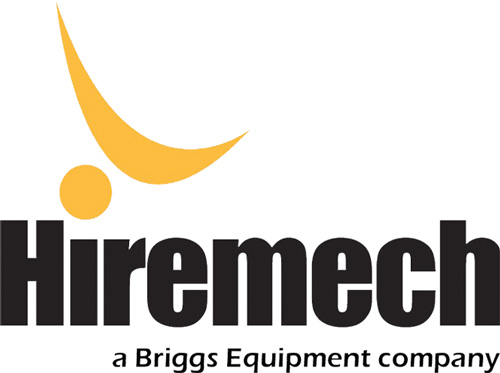The industrial fork-lift market for models with specifications for lifting capabilities of 8-48 tonnes – and above – is a thriving and growing sector of materials handling. These categories of heavy machinery weigh between 18-52 tonnes; and have astounding capability.
The high specification machines come with a wide range of capacities, engine power-outputs, wheelbases, masts, attachments, optional features and of course wide applications for the heavy industrial market.
Innovative Names
Whilst companies like Mitsubishi present a real array of machinery, Kalmar Global dominate the European stage and Hyster big trucks lead innovation through the form of the machinery, in the US; the calibre of these trucks continues to grow to staggering heights.
E-Commerce
Growth in E-commerce is exponential; we order our greetings cards online, our groceries, our clothing, our holidays and our electronics. It is clear to see how post-modern individualistic consumption has caused not only a huge growth in E-Commerce but in technology and the interconnectivity of it.
‘Investors (in Europe) pumped €19.8bn into properties such as warehousing and distribution hubs in 2014, a seven-year high and a 34 per cent jump year on year’ Joel Lewin FT.com
And with are un-stoppable expansion and rise in population numbers new, heavy industrial technology to keep up with new demands for industrial machinery of a larger scale is needed from logistics to distribution.
One such company is the international conglomerate Kalmar Global. They are present in the European market, and boast huge running, maintenance and overall operating productivity enhancing benefits. In terms of their fleet and product offerings they say:
‘Our Cummins engines are powerful, yet highly fuel efficient. All engine alternatives are compliant with emission standard stage IV/Tier 4 Final. The variable pumps automatically sense the load in every operation and adjust the oil flow accordingly, allowing for faster lifting cycles up to 40 per cent while reducing fuel consumption. This will improve your productivity a hugely depending on number of lift cycles.’ Kalmar Global – Our Equipment.
Reducing Lifetime Costs
When applied to port operations, metal, quarrying, mining, logistics and other heavy duty applications, over time these machines can offer companies huge money saving solutions. In fact Kalmar Globals’ site emphatically states that the ‘Purchase price is one of the many factors affecting total cost of ownership’.
Hyster Big Trucks
On the American stage company Hyster Trucks appears to be most visible company within this sector. Their products on offer take on a wholly different form in some cases but have very similar specifications to some of Kalmar Global’s products.
In terms of the operating abilities of these trucks; Hyster Trucks are the largest and most powerful. The heavy duty fork-lift truck at the most powerful in their range is the H36-478XM(S)-12 which boasts a 4.2m drive axel (over tyres) with reinforced spindles and double reduction provides ultimate stability and durability when lifting extremely heavy loads.
However, with a lift capacity nearing on 50,000 tonnes this is a welcomed insight. Every model that is released on this range and with a 20% better fuel efficiency with each model it is a real sign of progressive and continued innovation.
Power and Automation in the 21st century
But what is to come in the coming century? Full automation? Possibly.
Visiting Kalmar’s automation page you are met with a wide array of options. From SmartPort process automation, equipment automation, terminal operating systems (TOS) these solutions will optimise your overall business performance.
With scale comes productivity and value. For companies that have real propensity to vertically integrate; and whose nature allows the influence of economies of scale to take hold on efficiency and productivity the savings can be high.
Coupling power with automation will certainly be the pioneering and revolutionary movement in 21st century port operations and other areas alike. It is a recipe for amazing efficiency improvements and will be a continuing trend into the 2020’s. Eventually I believe full automation of ports with a few – if any – powerful human operated machines will be a reality by the turn of the subsequent decade.

 020 8880 3322
020 8880 3322